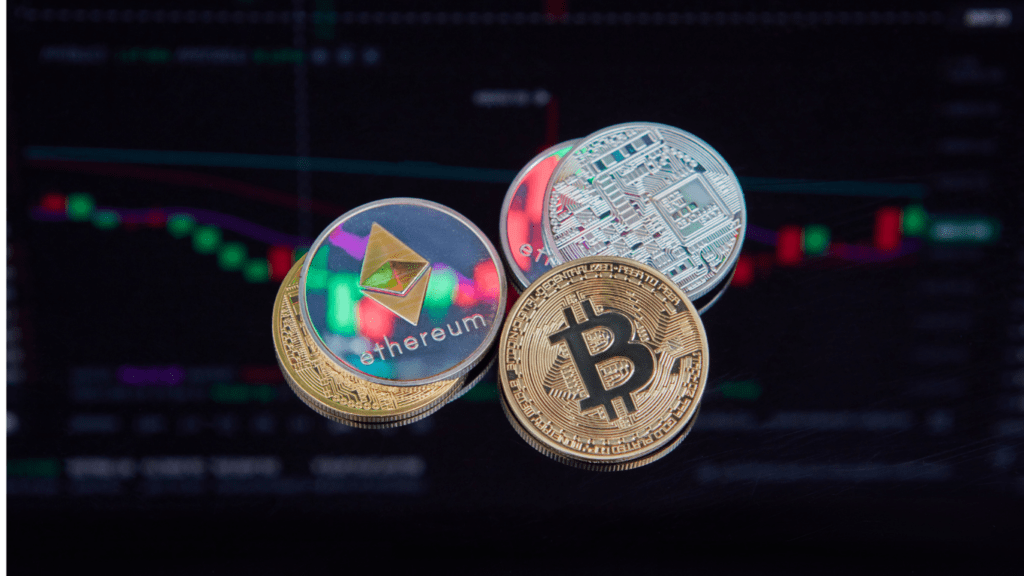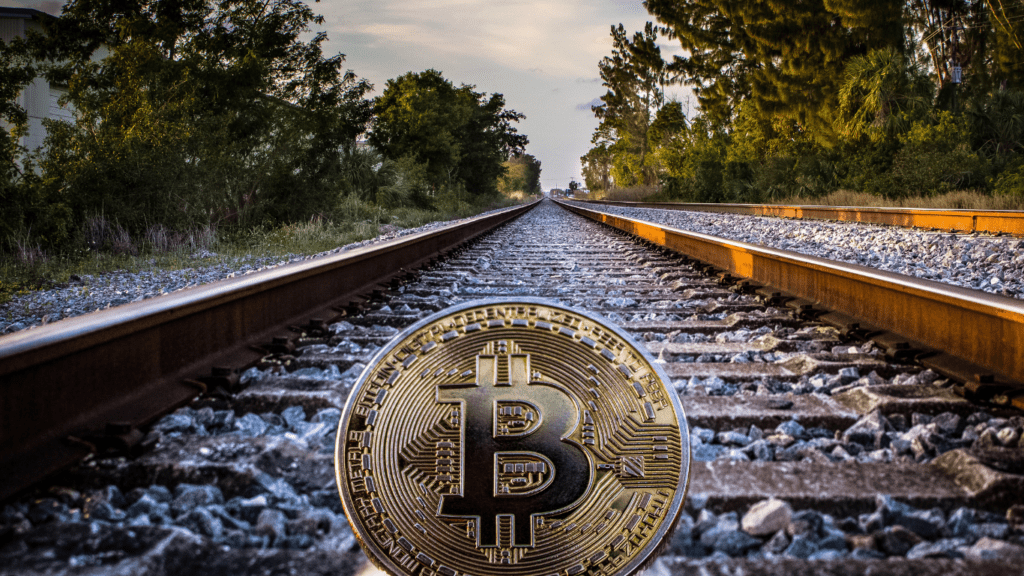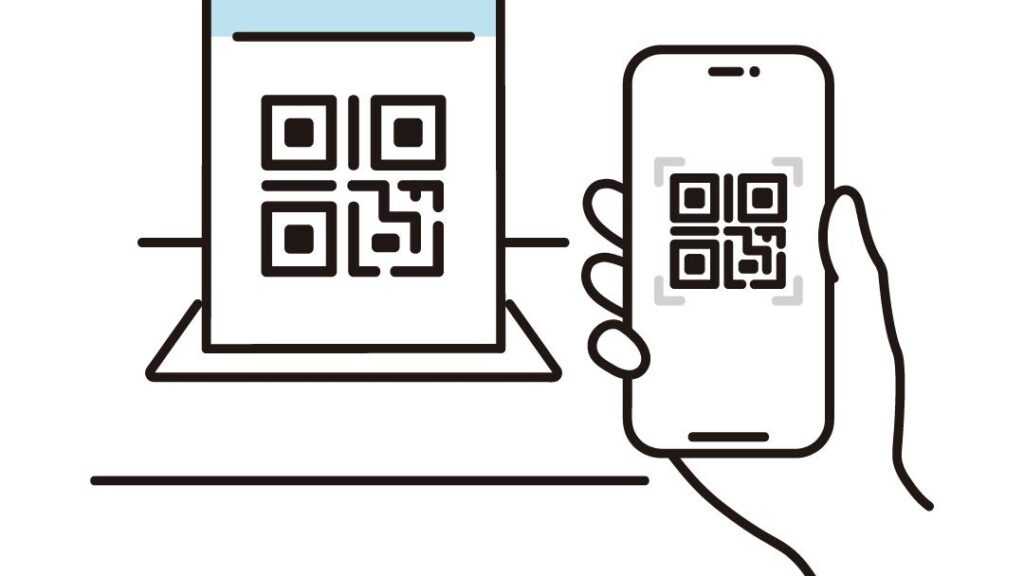Understanding DeFi
DeFi, short for Decentralized Finance, uses blockchain technology to recreate and enhance traditional financial systems. It operates using smart contracts on blockchain platforms like Ethereum, which automate and enforce transparent transactions without intermediaries. Users can access financial services such as lending, borrowing, trading, and investing through decentralized applications (dApps).
In traditional finance, intermediaries like banks and brokers control transactions, leading to higher fees and processing times. DeFi eliminates these intermediaries, offering lower transaction costs and faster processing. For example, users can lend their cryptocurrency to others and earn interest directly through a DeFi protocol like Aave.
Smart contracts, the backbone of DeFi, execute transactions automatically when pre-defined conditions are met. These contracts are immutable and transparent, ensuring that all participants follow the rules. Developers create and deploy these contracts on blockchain platforms, making them accessible to anyone with an internet connection.
Participants in DeFi range from casual cryptocurrency enthusiasts to institutional investors. They benefit from increased control over their funds, more lucrative opportunities compared to traditional savings accounts, and participation in innovative financial products. For instance, liquidity providers can earn fees by supplying liquidity to decentralized exchanges like Uniswap.
The interoperability of DeFi platforms allows users to interact with multiple services seamlessly. An investor can move funds from one DeFi protocol to another without needing to convert currencies or go through lengthy processes. This ease of access opens up numerous investment strategies and opportunities.
Understanding DeFi is crucial for anyone interested in modern financial innovations. The decentralized nature fosters a more inclusive and transparent financial ecosystem, providing unprecedented access to financial services for people worldwide.
Financial Inclusion
Decentralized Finance (DeFi) expands access to financial services, promoting greater inclusivity for unbanked and underbanked populations worldwide.
Access to Banking Services
DeFi provides essential banking services to those who lack access to traditional financial institutions. According to the World Bank, 1.7 billion adults remain unbanked (source: World Bank, Global Findex Database 2017).
DeFi platforms, by operating on blockchain technology and using internet connectivity, grant users global access to banking services, including savings accounts, loans, and insurance. Examples of such platforms are Aave and Compound, which facilitate lending and borrowing with ease.
Lower Transaction Costs
DeFi significantly reduces transaction costs compared to traditional banking systems. Traditional banks often impose fees for services like money transfers and foreign exchange, contributing to financial exclusion for low-income individuals.
DeFi platforms, utilizing smart contracts, automate transactions without intermediaries, resulting in lower fees.
For instance, Uniswap enables token swaps on Ethereum with minimal processing costs. Lower transaction costs make financial services affordable, encouraging greater participation and fostering financial inclusion.
Transparency and Security
DeFi platforms excel in transparency and security by leveraging advanced blockchain technology. This technology ensures that users can trust the immutable nature of transactions and records.
Blockchain Technology
Blockchain technology underpins the transparency in DeFi by recording all transactions on a public ledger. This ledger is immutable, which means once data is written, it can’t be altered.
Ethereum, one of the most popular platforms for DeFi, relies on smart contracts that automatically execute and verify transactions without human intervention. These contracts, coded into the blockchain, ensure fairness and accuracy, making manipulation nearly impossible.
Decentralized Networks
Decentralized networks enhance security in DeFi by distributing data across numerous nodes. Unlike traditional financial systems, which store data in centralized servers, DeFi relies on a distributed approach.
This decentralization mitigates single points of failure and drastically reduces the risk of hacking. Each node in the network verifies transactions independently, adding extra layers of security. Examples like Aave and Compound show how decentralized networks maintain integrity and safeguard user assets.
By integrating blockchain technology and decentralized networks, DeFi creates a robust system that enhances transparency and security, crucial for user trust and participation.
Yield Farming and Staking

Yield farming and staking offer ways to earn passive income in the DeFi ecosystem. These strategies help users generate returns on their crypto assets.
Earning Potential
Yield farming can provide substantial returns by leveraging liquidity. When users supply their crypto assets to a liquidity pool, they earn interest and additional tokens. For example, platforms like Uniswap and SushiSwap incentivize liquidity providers with rewards.
Staking also offers attractive returns. By locking up tokens in a network, users receive staking rewards. Ethereum 2.0 requires staking 32 ETH to earn rewards, enhancing network security. Both methods let users passively grow their crypto holdings.
Risks Involved
Risks in yield farming and staking exist. Impermanent loss affects liquidity providers when token prices fluctuate. For example, rapid price changes can result in lower returns than holding tokens. Smart contract bugs can pose threats.
If a contract is flawed, funds could be lost. Platforms like Yearn Finance have faced such vulnerabilities. Staking has its own risks. Locked tokens cannot be easily accessed, affecting liquidity. Additionally, network failures can impact staked tokens, causing potential losses. Assessing these risks is crucial before participating in these high-return activities.
Digital Assets and Tokenization
Digital assets and tokenization are key components of DeFi, transforming the way financial systems operate by enhancing liquidity and creating new investment opportunities.
Asset Liquidity
Tokenization converts physical and intangible assets into digital tokens on a blockchain. This process increases asset liquidity by enabling fractional ownership and easy transferability. For instance, tokenized real estate allows investors to buy and sell property shares on platforms like RealT, bypassing the traditional, cumbersome process of property sales. By reducing barriers, tokenization democratizes access to assets traditionally available only to high-net-worth individuals or institutions.
New Investment Opportunities
Through DeFi, tokenized assets create diverse investment avenues. Investors can diversify their portfolios by gaining exposure to a variety of tokenized assets such as art, commodities, and intellectual property.
Platforms like Securitize offer tokens representing company equity, allowing individuals to invest in startups or growing businesses without needing intermediaries. These broadened opportunities not only expand investor options but also encourage market participation from a wider audience.
Future of DeFi
The future of DeFi promises continuous growth and innovation. Emerging technologies and evolving regulations signify a transformative phase for decentralized finance.
Innovations on the Horizon
New technical advancements will further transform the DeFi landscape. Programmable blockchains, such as Ethereum 2.0, will enhance scalability and security. Real-time transaction capabilities and lower energy consumption will set new efficiency standards.
- Interoperability Solutions: Cross-chain technology will enable seamless asset transfers between different blockchain networks, enhancing liquidity. Projects like Polkadot and Cosmos exemplify this trend.
- Decentralized Identifiers (DIDs): DIDs will improve user privacy and control over personal data. Self-sovereign identity systems will reduce reliance on centralized entities for identity verification.
- Automated Market Makers (AMMs): Enhanced AMMs will provide better pricing mechanisms and reduce slippage. Innovations in this area will benefit decentralized exchanges (DEXs) like Uniswap and SushiSwap.
Regulatory Considerations
DeFi’s growth intersects crucially with regulatory landscapes. Regulatory clarity will impact adoption rates and innovation cycles in the DeFi space.
- Global Regulatory Coordination: Coordinated regulatory frameworks will standardize DeFi operations across borders. Entities like the Financial Action Task Force (FATF) set guidelines influencing global compliance.
- Security Compliance: Regulating agencies will enforce stricter security protocols for DeFi platforms to protect users from hacks and fraud. Compliance with these standards will instill greater user confidence.
- Anti-Money Laundering (AML) Measures: DeFi platforms will need to integrate robust AML methods. Monitoring and reporting mechanisms will align DeFi operations with traditional financial standards to prevent illicit activities.
The future of DeFi rests on technological advancements and regulatory harmonization. As these elements progress, the DeFi ecosystem will expand, offering more secure and efficient financial services.



 Chief Content Strategist & Unique Author
Paulo Okellyansy is the Chief Content Strategist responsible for curating and managing the platform’s editorial direction. With an in-depth knowledge of cryptocurrency markets and digital finance, Paulo crafts engaging, informative content that resonates with both newcomers and seasoned crypto enthusiasts. His ability to simplify complex topics and identify emerging trends has helped position the website as a go-to resource for cryptocurrency insights.
Chief Content Strategist & Unique Author
Paulo Okellyansy is the Chief Content Strategist responsible for curating and managing the platform’s editorial direction. With an in-depth knowledge of cryptocurrency markets and digital finance, Paulo crafts engaging, informative content that resonates with both newcomers and seasoned crypto enthusiasts. His ability to simplify complex topics and identify emerging trends has helped position the website as a go-to resource for cryptocurrency insights.
